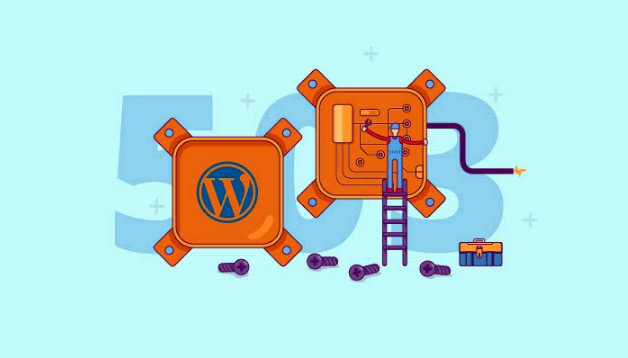
WordPress is very vulnerable to 503 errors
Another cause of an HTTP 503 Error generated by the server could be that the web project or the content management software is incorrectly programmed. For example, WordPress is very vulnerable to 503 errors due to loading times being too long.
This can result from an excessive number of database access attempts or badly programmed plugins, which make the CMS perform additional functions, but often slow down the process at the same time. The same applies if you integrate too many extensions. The solution is to filter out the problematic plugins so that you can deactivate them if you need to.
Causes of 503 Service Unavailable Error in WordPress
A 503 service unavailable error can be caused by a number of things including (but not limited to):
- Buggy plugins or themes
- A misbehaving custom PHP script
- Insufficient server resources
- Server glitches
- Malicious attacks such as the infamous Distributed Denial of Service (DDoS) attack
Buggy Plugin
Faulty plugins are responsible for most of the errors you will encounter in WordPress. In fact, a buggy plugin is the leading cause of the 503 service unavailable error in WordPress.
If you encountered the 503 error after installing or updating a particular plugin, you most definitely know the culprit. All you have to do is delete the plugin in question and your job is done.
If, however, you have no idea which plugin (or what exactly) is causing the 503 error, you should begin the diagnosis by deactivating all plugins.
